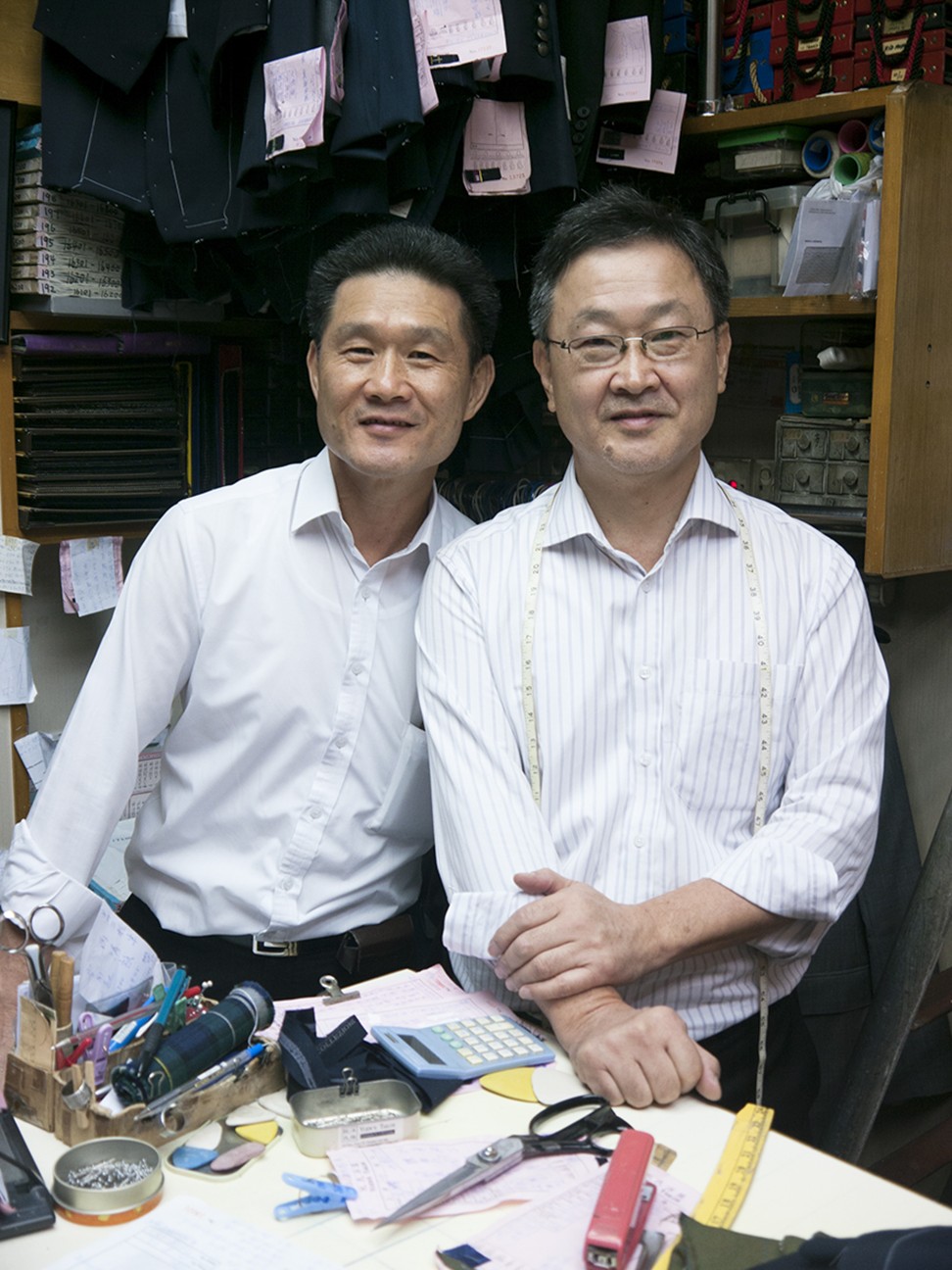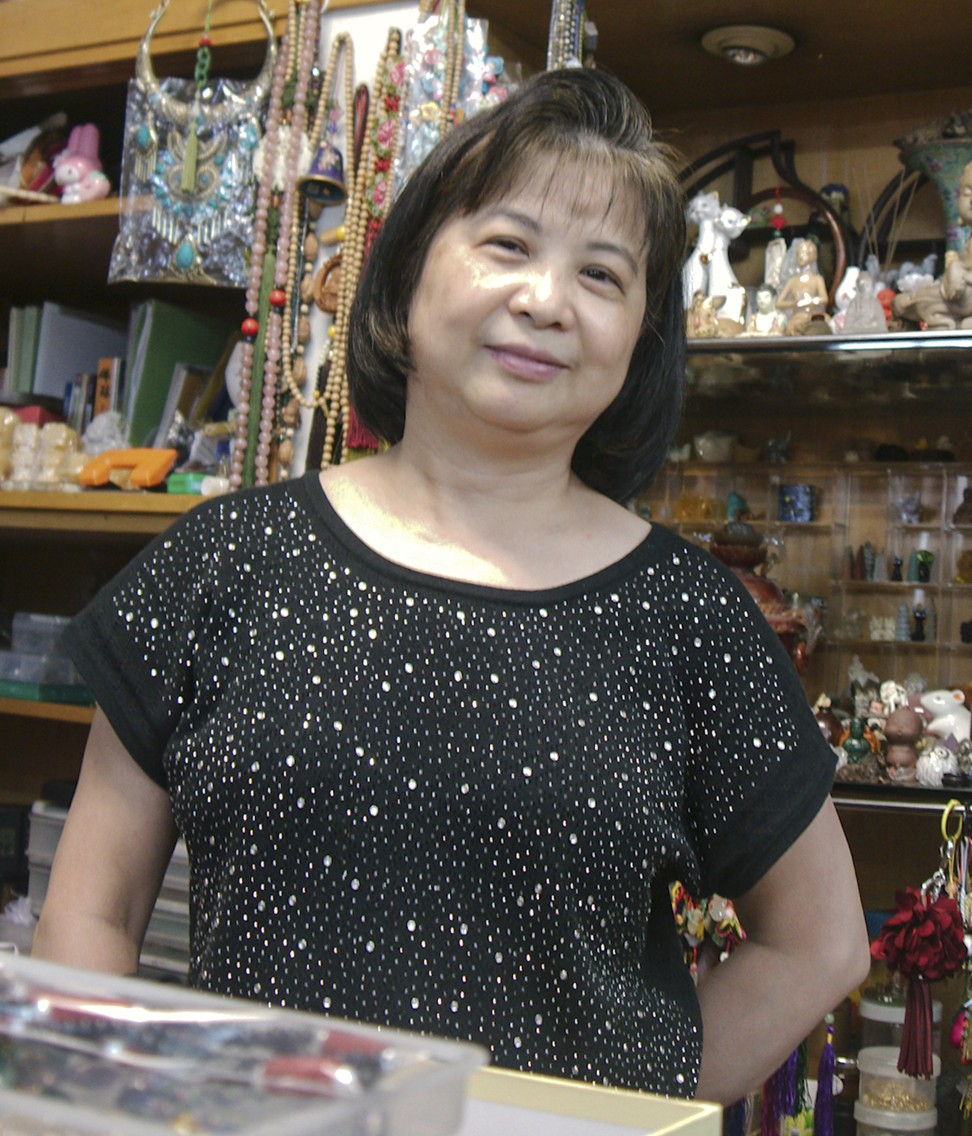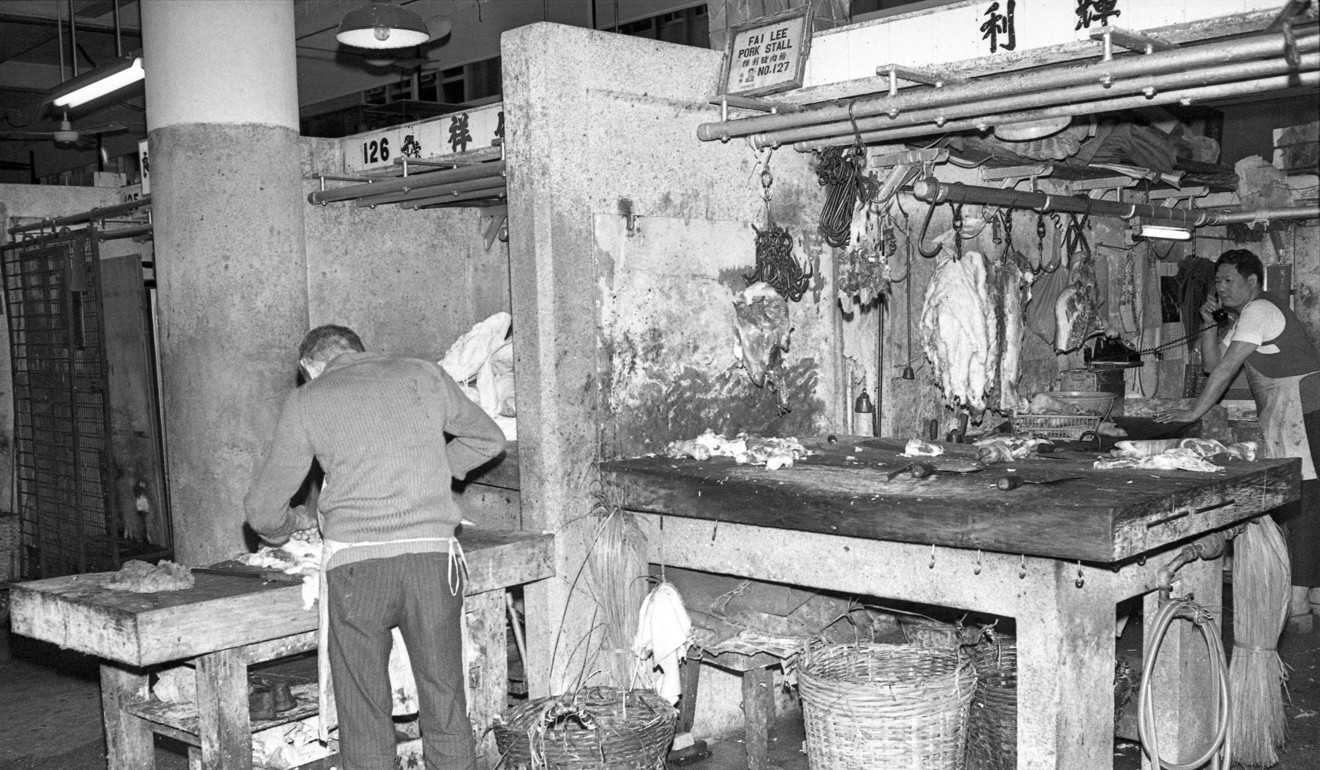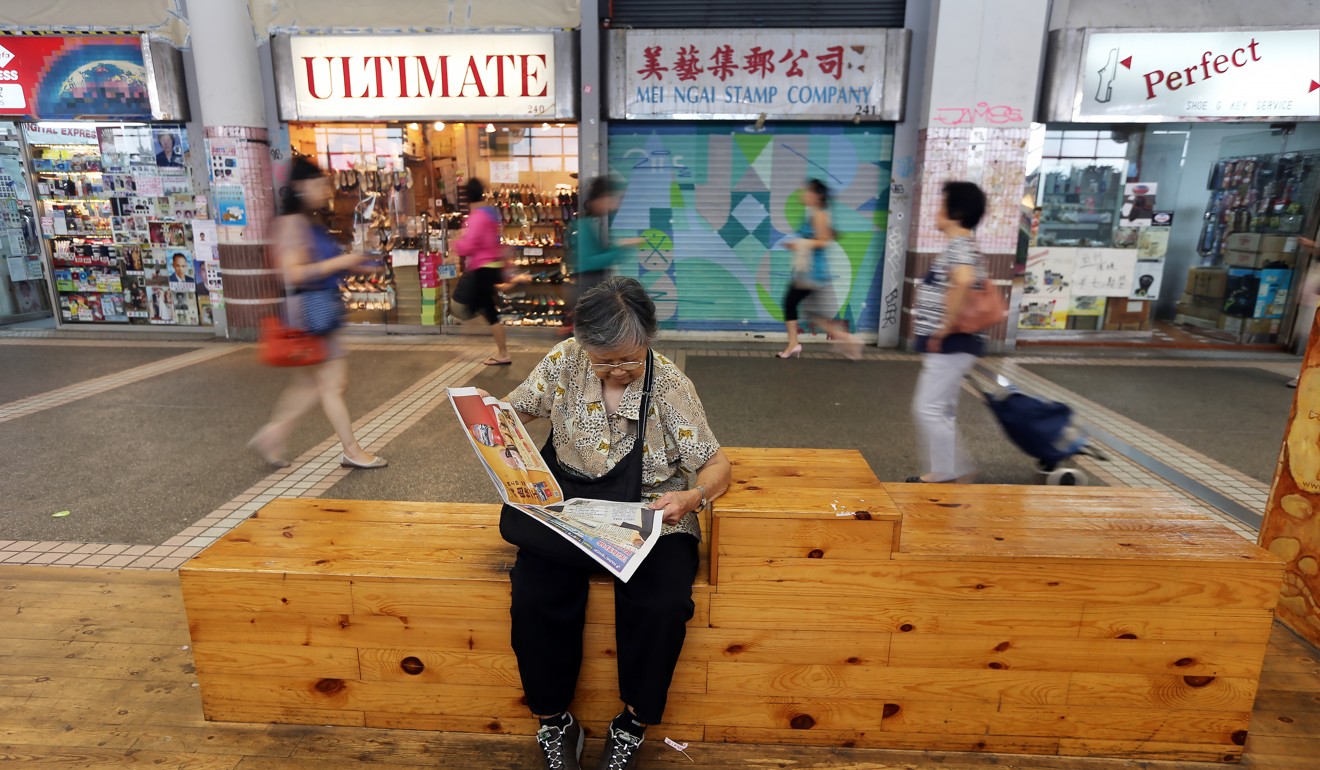
Work to begin on Hong Kong’s historic Central Market, but no one knows what the plans are
Hong Kong’s Urban Renewal Authority has not released any details of its HK$740 million plans to redevelop Central Market, despite repeated requests
After a delay of more than 12 years, work is finally scheduled to commence on what is arguably the most controversial of all the city’s urban development projects, yet nobody seems entirely sure what the plan is.
Hong Kong’s publicly owned Central Market, which has been part of local street life for 175 years, is about to undergo a HK$740 million “heritage preservation and revitalisation” project. The few remaining tenants occupying small shops along Central Market’s walkway have been ordered to vacate their premises next month so work can commence.

Yuen has not been offered a space in the revitalised market and has little idea what’s planned for the historic building, home to his artisan business for more than 22 years.
“We are still talking but they can’t promise me anything. They say we will have to wait for five years,” says Yuen.
Central Market first opened for business in July 1842, serving locals essential daily provisions, and the current Grade 3 listed, three-storey, Bauhaus-style building was constructed in 1939. It has been the focus of controversy since it was formally closed in 2003 so it could be bulldozed for high-rise development. After years of public protest, the building was eventually afforded protection and, in 2009, the Urban Renewal Authority (URA) was tasked by the government to revitalise the former Central Market building and preserve its heritage.
Many were sceptical about the choice of the much-maligned URA from the start. Critics asserted that the public body should never have been trusted with the project because it has no interest or track record in heritage preservation.

Almost three years of intensive public consultation was conducted after its closure, which resulted in the concept of an “urban oasis”. This was subsequently dropped by the URA in 2015 due to the cost, in favour of what the authority called a “simplified design”. That was approved by the Town Planning Board last September, but after 12 years of foot-dragging and judicial reviews, no one appears to know what this new simplified design is, what exactly the revitalised building will be used for, or how its heritage will be preserved.

“We have to leave here after 20 years. We are not a big profit business so we cannot afford higher rents in a new shop,” she says.
Yeung’s customers seem to have no idea about the revitalisation project. “I honestly didn’t know what they were planning here,” says Marie Mitchell from Tai Po.
Lai and her campaign group believe the building should be retained with the minimum of renovation as a modern-day vibrant market in the heart of Central, offering a low-cost outlet for local start-up businesses and a range of traditional local cuisine and crafts to shoppers. It is difficult to ascertain if the URA shares that vision.
The authority declined an interview request, but in response to written questions from the Post, a spokesman stated that as a result of the three-year extensive public engagement exercise, “guiding principles” will be adopted for the 12,000 square metre building that are the “provision of affordable cultural and retail uses” which will be “financially self-sustainable”.

“We think the URA are hiding something from the public and we don’t understand why they are so reluctant to tell the public about the plans for a public building,” says Lai.
“We have commissioned a consultant company to advise what ‘affordable retail and cultural’ activities mean, and their results may be available some time next year,” said the URA spokeswoman in a subsequent telephone inquiry, but she declined to name the consultancy. Lai, who has met similar obfuscation over the course of two years of campaigning, is not impressed.
“How can you start construction on the building if you have no idea what the future use will be?” she asks.
“The project is scheduled to start in the third quarter of 2017, but this is only the structural work – we will gradually work out the details later,” the spokeswoman says.
The URA is slightly more forthcoming about the design of the building than its function, but the plan, approved by the Town Planning Board, remains shrouded in mystery.

“The detailed design for the building is yet to be released,” the spokeswoman says.
Lai and her colleagues have spent months trying to view the drawings and plans submitted by a public authority (URA) to a public body (Town Planning Board) about the redevelopment of a public building, but to no avail. After months of frustration, making formal requests for information at District Council and Legislative Council level, her group filed a formal complaint with the Legislative Council Secretariat in June. To date, they have only been allowed to see a diagram of the planned escalators and fire escapes.

“The project was completed at the end of the year before last, but the Wedding City was missing,” says Kwok. He proceeded to seek reassurances about the Central Market project, including the future of the existing tenants such as Yuen and his neighbours.
The minutes of the Town Planning Board meeting of September 14, 2016, which approved the URA scheme, reveal that only 13 of the market stalls, built into the fabric of the building, will be preserved.
“There were originally 285 market stalls designed for each product type – fruit, meat, fish, etc – and it tells us how buildings of that era were designed and how people lived, so why remove them when they could be restored or reused?” asks Lai.
“Central Market is destined to be yet another designer brand shopping mall and will be sold off to a private developer at the first opportunity,” she says.
Lai’s group is acutely concerned about the secrecy shrouding the project. “We call for the immediate disclosure of the detailed plans for this important historical building. It is a public asset not the private possession of the URA, and they should name the consultant who has been appointed and guarantee that their work should be undertaken in consultation with the public, and not behind closed doors,” says Lai. She says it is the function of the building, the land use, which should be the key to the conservation scheme, rather than the design.
“This tells us why the building is being preserved, whether it is preserved for the business elite to make more money, or preserved for the public and the city’s future generations,” she says.
The future function of this historic public building remains a well-guarded secret, even to the long-standing tenants such as Yuen and his brother, who could make ideal tenants for an affordable retail and cultural centre.
“I’m sure they do have a detailed plan, but they have not shared it with me,” he says.

